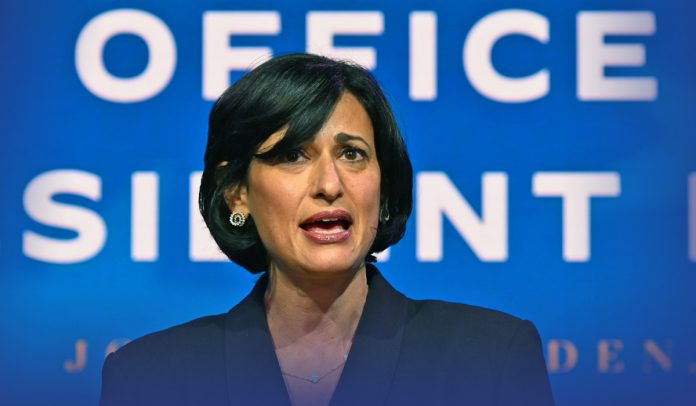Millions of United States people inoculated against COVID-19 have an optimistic indication to receive a booster vaccine shot, a dose that intended to get protection against a dangerous and highly contagious delta strain that fueled a 4th noxious wave of disease.
This week, the activities of two of the country’s main health firms open the fresh chapter in the eighteen months drive to halt COVID-19 but not without pressure.
In a recent action, Rochelle Walensky (Director of the Centers for Disease Control and Prevention) overruled CDC’s advisory board. She gave approval for a COVID-19 booster dose for vulnerable Americans because of their occupations.
Booster vaccine doses for people 65 years of age and older
The CDC advisory board had provided an approval that significantly reflected a recommendation released prior day by the FDA (Food and Drug Administration), calling for the 3rd booster dose of the Pfizer-BioNTech vaccine for those people with sixty-five and older age, Americans fifty to sixty-four with unstable medical conditions and nursing home residents after finishing six months to their 2nd dose of vaccine.

Source: Web
The advisory board even described that younger people ranging eighteen to forty-nine years old with a non-stable medical situation, can evaluate their own hazard and opt to receive a booster shot if they require to have one.
The United States Centers for Disease Control & Prevention’s advisory board parted with the Food and Drug Administration on the same problem; rejects to authorize a booster vaccine dose for American people risking their lives because of their jobs.
In a statement, the CDC director described that people ages eighteen to sixty-four at the hazard of transmission and exposure because of institutional or occupational setting can get a booster dose.
The Food and Drug Administration had approved Coronavirus Pfizer booster shots for the American population: those eighteen to sixty-four at high risk of critical illness, Americans with sixty-five years old and older; and people eighteen to sixty-four years old whose normal occupational or institutional exposure to the COVID-19 pushes them at risk of Coronavirus problems, that add health care employees, teachers and grocery store workers.





